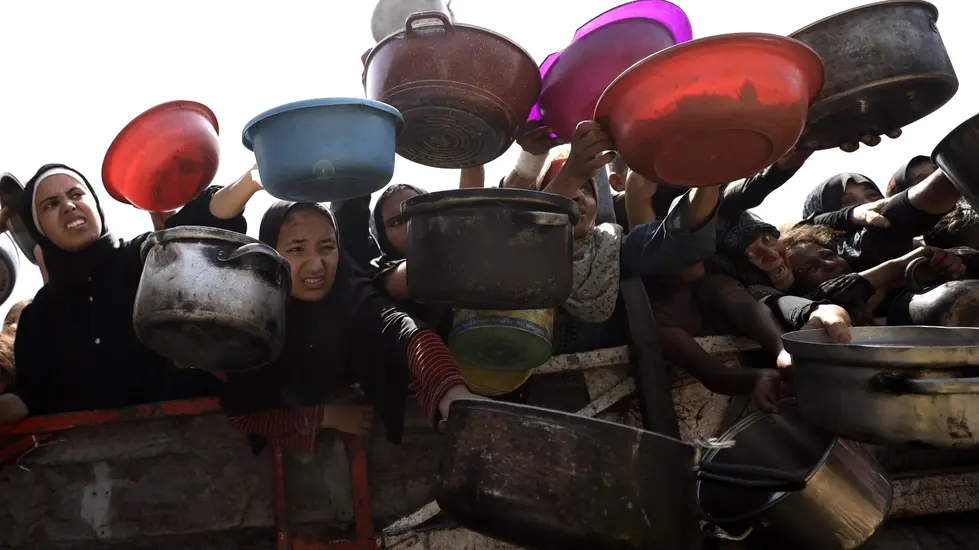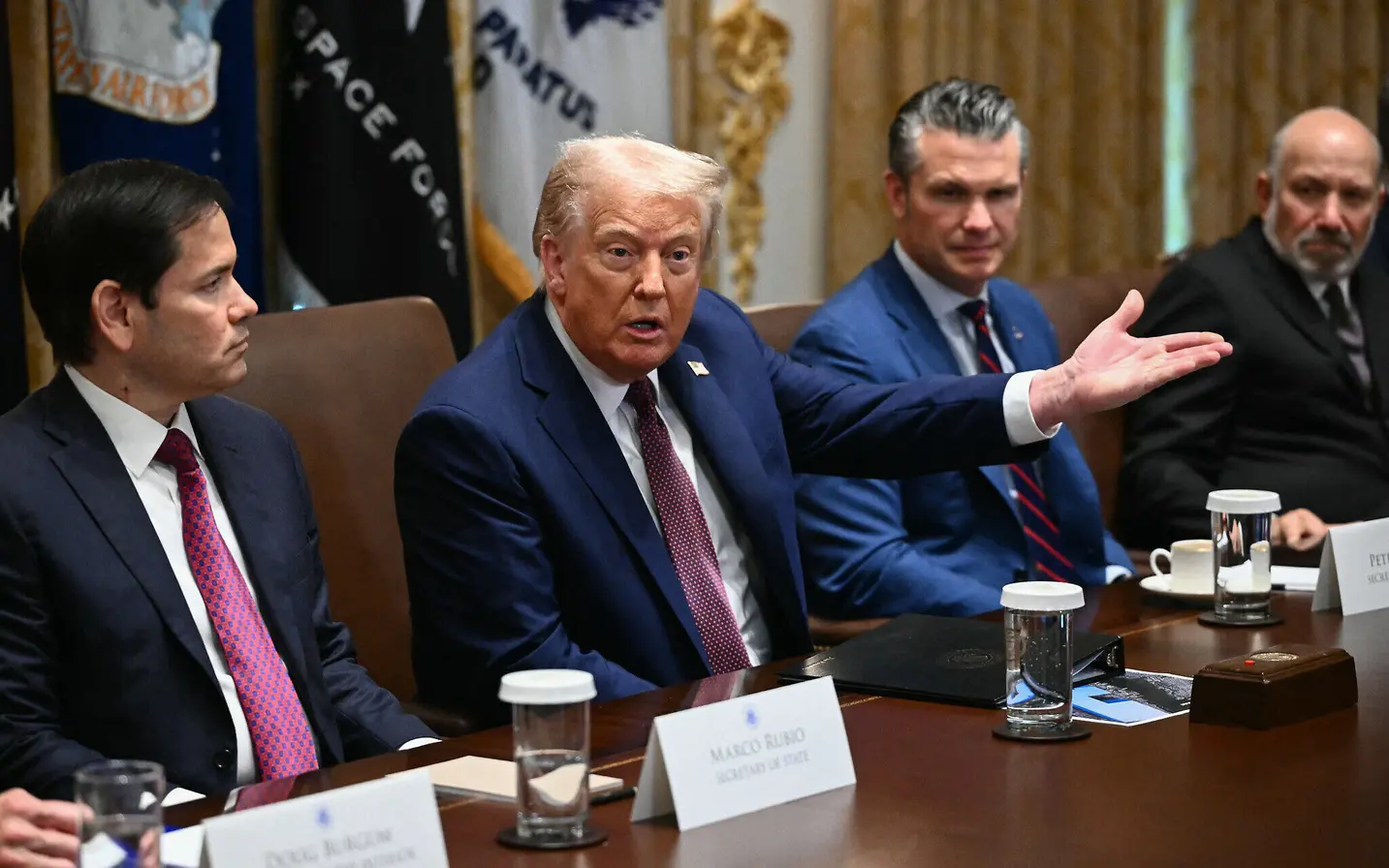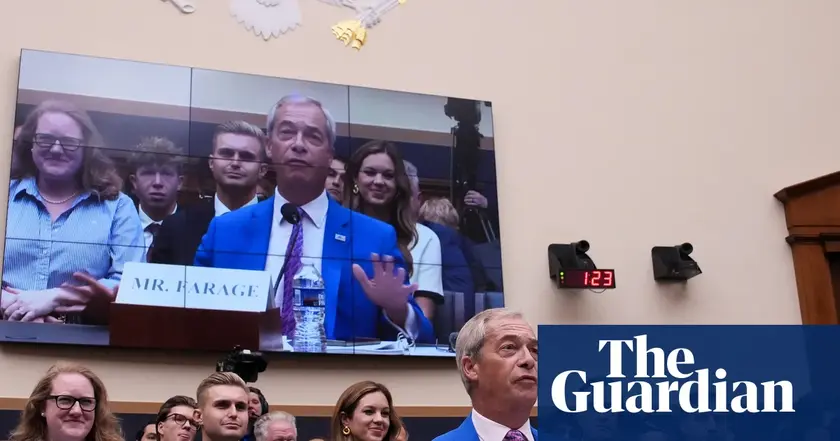T4K3.news
US policy under scrutiny in Gaza
NPR reveals internal debates over US aid, arms, and humanitarian access in Gaza and the path forward for American leadership.

NPR’s exclusive examination shows how US policy shaped the Gaza famine crisis and the debates inside the administration.
US Policy Fails Palestinians in Gaza
NPR spoke with more than two dozen former senior US officials involved in shaping policy on Israel’s war in Gaza. The story shows a humanitarian crisis that deepened as aid routes were blocked and last-resort measures were tried. In early 2024, despite talks with Israel to open land crossings, the US performed its own airdrops and supported a floating pier after a wave of food shortages. These actions were symbolic to some and insufficient to others, and they came amid internal disagreements about how aggressively the US should pressure Israel to allow more aid.
By spring 2024, the aid system was strained, with aid trucks looted and civilians desperate for basics like water, fuel and food. Officials describe a clash between two camps inside the administration: one urging the use of leverage to push Israel to follow international humanitarian standards, and another believing that giving Israel space to wage war was essential while working behind the scenes to improve civilian relief. The government’s reluctance to publicly confront Israel or pause military aid limited the options available to humanitarian actors on the ground.
The policy debate stretched into NSM 20, an effort to hold Israel accountable for its use of US weapons and for facilitating humanitarian aid. Some officials say the measures helped, others call them opaque or insufficient. By the end of the Biden administration, aid flows grew but were still far from what international aid groups said was needed. The article also traces how the shift back and forth between Biden and later administrations affected Gaza’s civilian population and the United States’ standing in the world.
Key Takeaways
"The Israelis knew exactly how much food was coming in and out, and they were giving a little and then they would pull back"
Comment on Israeli control of aid flows and gradual easing
"Band-Aids for gunshot wounds, not a policy"
Describes the effectiveness of aid measures
"We prevented famine"
Satterfield’s view on what was achieved under the administration
"There was never a solid defense of the right of Palestinians in Gaza to have assistance"
Critique of the policy stance on aid for Palestinians
The piece lays bare a central tension in modern diplomacy: when a close ally is under pressure, should a country lean on moral imperatives or political realities? The answer, in this account, leaned toward caution and coalition-building at the expense of a clear, effective humanitarian strategy. The administration’s actions—airdrops, a pier, and NSM 20—reflect a pattern: band-aid solutions that avoided a direct confrontation that could jeopardize the alliance, but also failed to deliver a decisive turning point for civilians. The result is a policy paralysis that critics say undercut legitimacy and eroded moral authority.
Looking forward, the report implies a broader risk for US leadership: without a forceful, coherent plan that pairs military policy with humanitarian protection, the United States may lose credibility when it speaks about civilian protection in future crises. The question is not only what was done, but what a future administration is willing to do to prevent a repeat of this pattern.
Highlights
- Band-Aids for gunshot wounds, not a policy
- We were throwing spaghetti against a wall
- There was never a solid defense of Palestinian aid
- This is a moral and intrinsic commitment to shield civilians
High political sensitivity and humanitarian risk
The article discusses sensitive policy choices involving Israel and Gaza, potential budget implications, and public reaction. It could provoke political backlash and scrutiny of US aid practices and foreign policy performance.
The crisis calls for accountability and a more principled approach to civilian protection.
Enjoyed this? Let your friends know!
Related News

Gaza famine debate divides US lawmakers

Melania Trump influence on policy

Trump weighs timing of Lisa Cook replacement

Hostages march prompts political clash in London

MUBI responds to Sequoia backlash

Trump Netanyahu Gaza Aid Call Under Scrutiny

Gaza policy session with Blair and Kushner

UK MP slams US envoy after Gaza remarks
